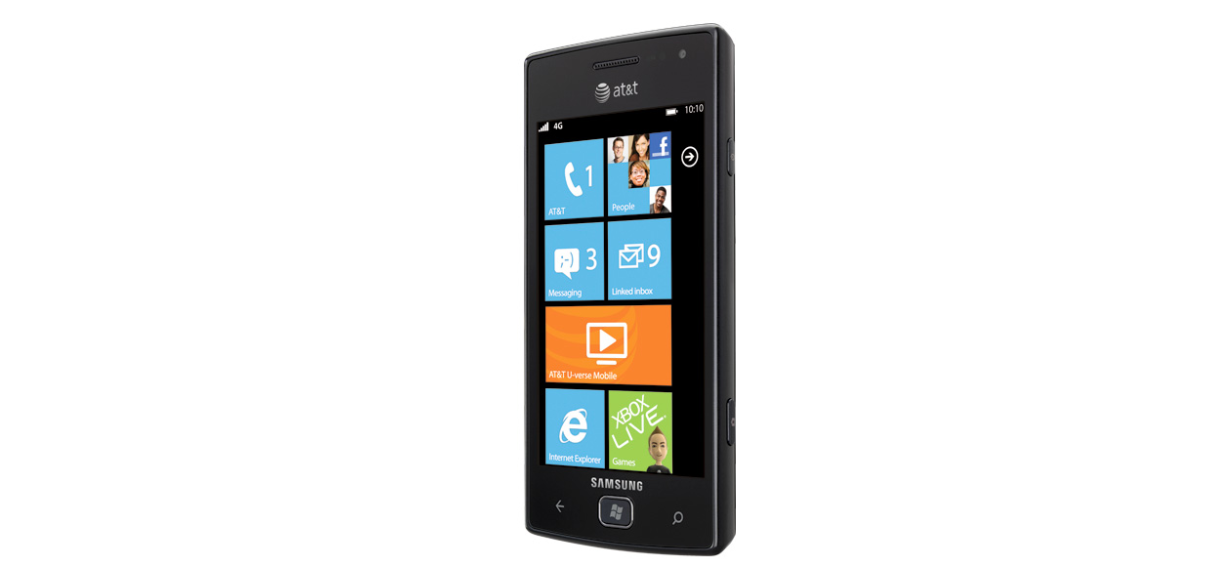TechRadar Verdict
The Samsung Focus Flash is a great Windows phone, with a small price tag, but cut corners may be a deal-breaker for some.
Pros
- +
Great value
- +
High quality display
- +
Excellent WP7 performance
- +
Like a compact Focus S
Cons
- -
Slow "4G"
- -
Very little storage
- -
Slightly sub-average camera
- -
WP7 Marketplace still too young
Why you can trust TechRadar
The Samsung Focus Flash is Samsung's entry-level WP7 phone. Available on AT&T, it's possible to get it for free, after two-year commitment. The off contract price is $399.
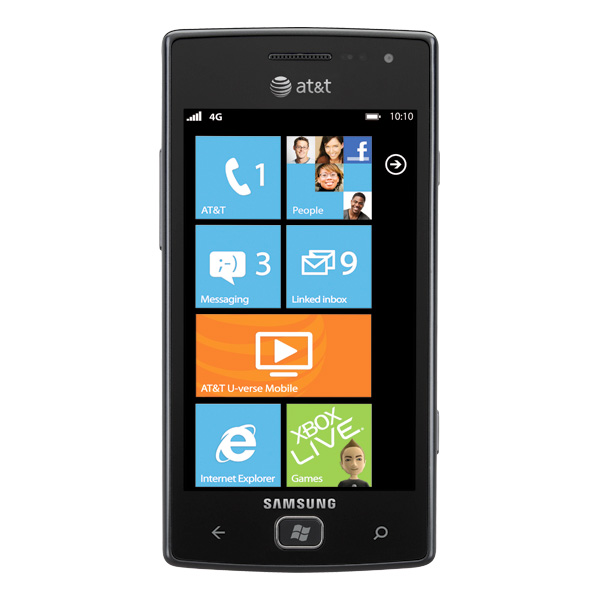
The Flash is very closely related to its name sharing sibling, the Focus S. The two phones share a lot of similarities, to the point that they're very nearly the same device, save for a few key differences. Instead reviewing features we've already seen in the Focus S, our goal with this Focus Flash review is to point out those key distinctions.
Just like the Focus S (and essentially all current WP7 phones), the Flash has a single core 1.4GHz Snapdragon processor and 512MB of RAM, so it will perform identically to its WP7 brethren. Considering how much cheaper it is, the Flash is a very good value.
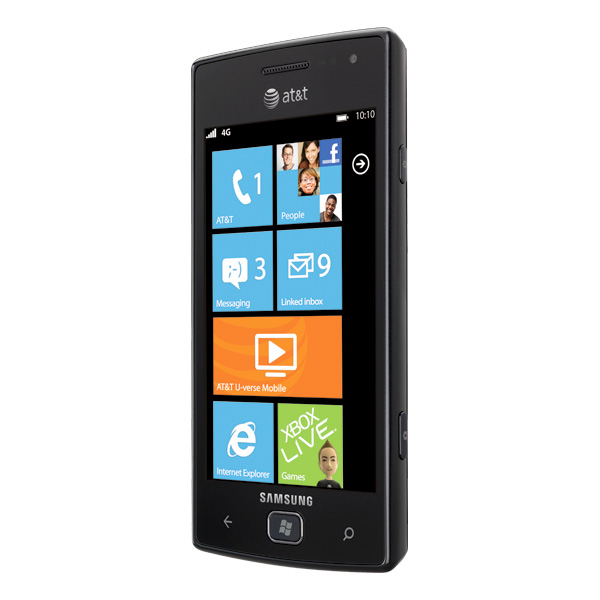
While its internal hardware is the same, its overall form factor and design is very different. The Flash is much smaller, sporting a 3.7-inch display, though it's still 800x480 and Super AMOLED Plus.
The sacrifices in screen size results in a nice compact device, and Samsung's decision to stick with the Super AMOLED Plus and WVGA resolution makes for an excellent experience.
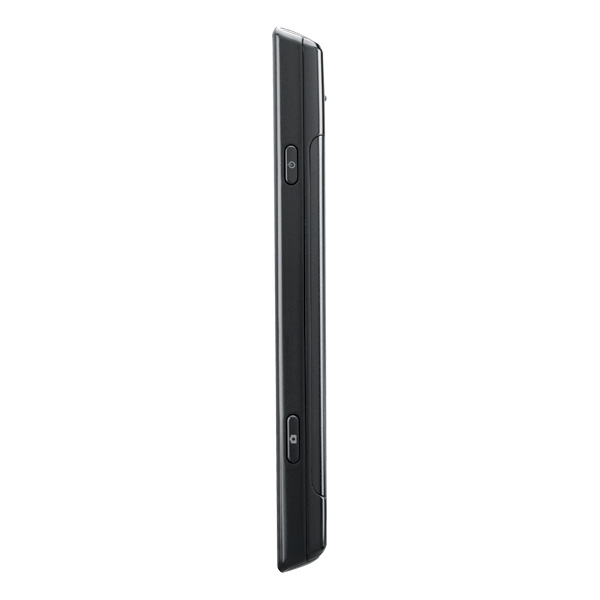
Despite the smaller screen, the Focus Flash weight 116.2g, nearly 6g more than the Focus S. At 116.1 x 58.7 x 11mm, it's also about 2.5mm thicker, but it's still a very compact and relatively lightweight device.
The extra weight and compact size gives the Flash a very solid feel; however, the battery cover can creak slightly when light torque is applied. The cover itself is a rigid piece of plastic with an accent across the middle made to look like brushed metal.
Sign up for breaking news, reviews, opinion, top tech deals, and more.
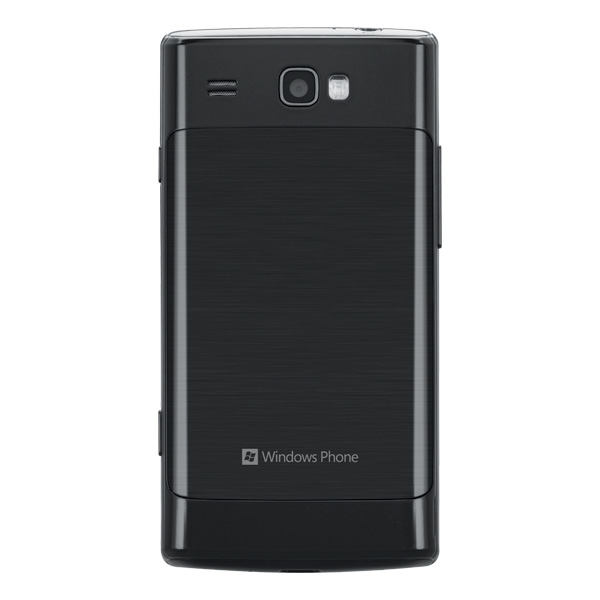
The Flash also has a 5MP rear camera with LED flash (a significant step down from the 8MP offering of the Focus S) as well as a VGA quality front facing camera (also a step down from 1.3MP). The Focus Flash does benefit in that its rear camera does not protrude from the back of the phone, protecting the lens from scratches.
The buttons and ports layout is very similar to the Focus S: MicroUSB bottom middle, 3.5mm audio top left, Power/Lock and Camera buttons on the right, and Volume rocker on the left.
The Back, Start, and Search keys are on the face of the phone, under the display. Unlike the S, the Focus Flash has a physical Start button, though Back and Search remain capacitive.
Like its big brother, the Flash has multiple microphones for active noise cancellation. The loud speaker is next to the rear camera lens.
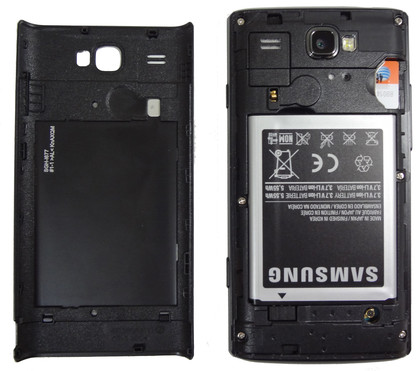
Removing the batter cover reveals the SIM slot and 1500mAh battery, nearly the same size found in the Focus S, so battery life is nearly the same. Sadly, there is no MicroSD slot, a disappointment we've had with all WP7 phones.
You're limited to just 8GB of internal storage (only about 6.6GB of which is user accessible). Compared to the Focus S, this is about half, and for many people, this could be a deal breaker.
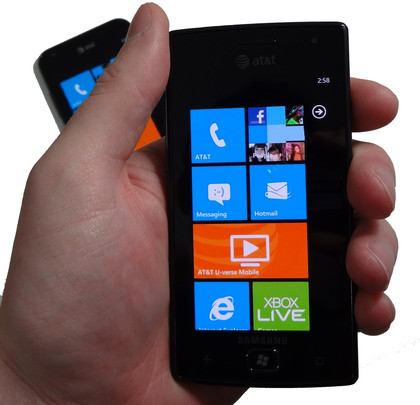
Overall, the Focus Flash makes for a solid smartphone for anyone looking for something on the more compact side. It's arguably the best valued WP7 device available for AT&T, though the Nokia Lumia 900 makes a compelling argument there as well.
